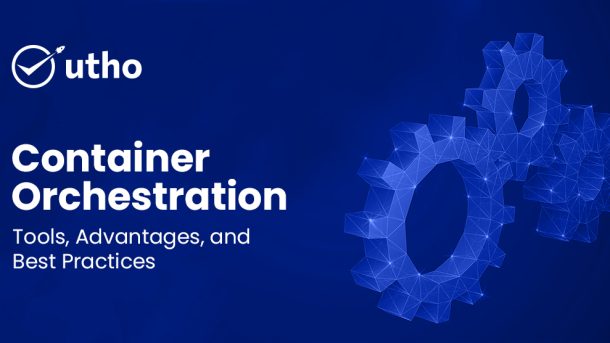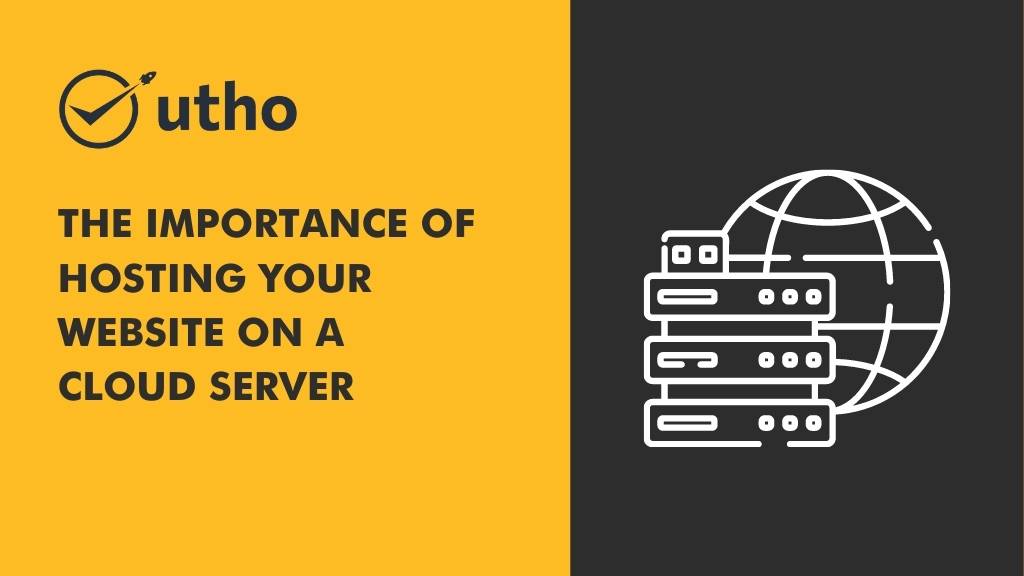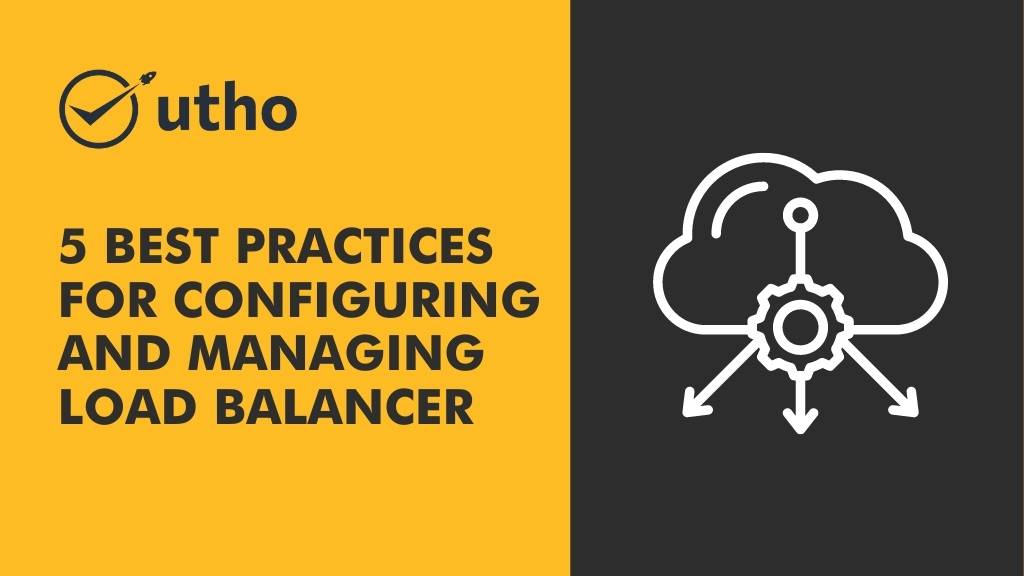Containerization has changed the workflows of both developers and operations teams. Developers benefit from the ability to code once and deploy almost anywhere, while operations teams experience faster, more efficient deployments and simplified environment management. However, the number of containers increases. This is especially true at scale. They become harder and harder to manage.
This complexity is where container orchestration tools come into play. These tough platforms automate deployment, scaling, and health monitoring. They make sure containerized apps run smoothly. But, today there are many options. They are both free and paid. Choosing the right orchestration tool can be daunting.
In this blog, we look at the best container orchestration tools in 2024. We also outline the key factors to help you choose the best one for your needs.
Understanding Container Orchestration
Container instrumentation automates the tasks needed to use container services and workloads. It does deployment and management.
Automated functions are key. They include scaling, deployment, traffic routing, and load balancing. They happen during the container's life. This automation streamlines container management and ensures optimal performance in distributed environments.
Container orchestration platforms make it easier to start, stop, and maintain containers. They also improve efficiency in distributed systems.
In modern cloud computing, container orchestrations are central. They automate operations and boost efficiency. This is especially true in multi-cloud environments that use microservices.
Technologies like Kubernetes have become invaluable to engineering teams. They provide consistent management of containerized applications. This happens throughout the software development lifecycle. It spans from development and deployment to testing and monitoring.
The tools provide lots of data. This data is about app performance, resource usage, and potential issues. They help optimize performance and ensure the reliability of containerized apps in production.
According to trusted sources, the global container orchestration market will grow by 16.8%. This will happen between 2024 and 2030. The market was valued at USD 865.7 million in 2024 and is expected to reach USD 2,744.87 million by 2030.
How does container orchestration work?
Container orchestration platforms differ in features, capabilities, and deployment methods. But, they share some similarities.
Platforms employ unique container instrumentation methods. Instrumentation tools engage with user-generated YAML or JSON files directly. These files detail the configuration requirements for applications or services. They define the details. They say where to find container images and how to network between containers. They also say where to store logs, and how to add storage volumes.
In addition, orchestration tools manage the deployment of containers between clusters. They make informed decisions about the ideal host for each container. Once the tool selects the host, it ensures that the container meets the specs. It does so throughout its lifecycle. It involves automating and monitoring the complex interactions of microservices in large applications.
Top Container Orchestration Tools
Here are some popular container tools. They are expected to grow in 2022 and beyond because they are versatile.
Kubernetes
Kubernetes is a top container orchestration tool. It is widely supported by major cloud providers like AWS, Azure, and Google Cloud. Kubernetes runs on-premises and in the cloud. It is also known for reporting on resources.
OpenShift
Built on Kubernetes, RedHat's OpenShift offers both open-source and enterprise editions. The enterprise version includes additional managed features. OpenShift integrates with RedHat Linux. It is gaining popularity with cloud providers like AWS and Azure. Its adoption has grown significantly, indicating its increasing popularity and use in businesses.
Hashicorp Nomad
Created by Hashicorp, Nomad manages both containerized and non-containerized workloads. It is light, flexible and ideal for containerized companies. Nomad integrates seamlessly with Terraform, enabling infrastructure creation and declarative deployment of applications. It has much potential. More and more companies are exploring it.
Docker Swarm
Docker Swarm is part of the Docker ecosystem. It manages groups of containers through its own API and load balancer. It is easier to integrate with Docker. But, it lacks the customization and flexibility of Kubernetes. Despite being less popular, Docker Swarm is a stepping stone for companies. They started with container instrumentation before adopting more advanced tools.
Rancher
Rancher is built for Kubernetes. It helps manage many Kubernetes areas. They can be across different installations and cloud platforms. SUSE recently acquired Rancher. It has strong integration and robust features. These will keep it relevant and drive its growth in container orchestration.
These tools meet different needs and work in different places. They give businesses flexibility. They can manage apps and services well in containers.
Top Players in Container Orchestration Platforms
A platform for orchestrating containers is important. It manages containers and reduces complexity. They provide tools to automate tasks. These tasks include deployment and scaling. They work with key technologies like Prometheus and Istio. They have features for logging and analytics. This integration allows for the visualization of service communication between applications.
There are usually two main choices when choosing a container orchestration platform:
You can build a container orchestration system from scratch. You can use open-source tools on self-built platforms. This approach gives you full control to customize to your specific requirements.
Managed Platforms
Alternatively, you can choose a managed service from cloud providers. These services include GKE, AKS, UKE (Utho Kubernetes Engine) EKS, IBM Cloud Kubernetes Service, and OpenShift. They handle setup and operations. You use the platform's capabilities to manage your containers. You focus less on infrastructure.
Each option has its own advantages. They depend on your organization's governance, scalability, and operational needs.
Why Use Container Orchestration?
Container orchestration has several key benefits that make it essential:
Creating and managing containers
Containers are pre-built Docker images that contain all the dependencies an application needs. They can be deployed to different hosts or cloud platforms. This requires minimal changes to code or config files, reducing manual setup.
Application scaling
Containers allow precise control over how many application instances run at a time. Control is based on their resource needs, like memory and CPU usage. This flexibility helps handle the load well. It prevents failures from too much demand.
Container lifecycle management
Kubernetes (K8s), Docker Swarm Mode, and Apache Mesos automate managing many services. They can do this within or across organizations. This automation streamlines operations and improves scalability.
Container health monitoring
Kubernetes and similar platforms provide real-time service health through comprehensive monitoring dashboards. This visibility ensures proactive management and troubleshooting.
Deploy Automation
Automation tools like Jenkins allow developers to deploy changes. They can also test across environments from afar. This process increases efficiency and reduces the risk of implementation errors.
Container orchestration makes development, deployment, and management easier. It's essential for today's software and operations teams.
Key parts of container orchestration
Cluster management
Container platforms monitor sets of nodes. Nodes are servers or virtual machines. Containers run on nodes. They handle tasks like finding nodes, monitoring health, and allocating resources. They do this between clusters to ensure efficient operation.
Service Discovery
Containerized applications scale up or down. Service discovery lets them communicate seamlessly. This feature ensures that each service can find others. It is crucial for a microservices architecture.
Scheduling
Organizers schedule tasks based on resource availability, constraints, and optimizations. They do this across the cluster. This includes spreading the workload to use resources well. It also includes keeping things efficient and reliable.
Load balancing
Load balancers are built into container managers. They distribute incoming traffic evenly across multiple service instances. It improves performance. It also improves scalability and fault tolerance. It does this by managing resource usage and traffic flow.
Health monitoring and self-healing
They continuously monitor the state and health of containers, nodes, and services. They detect failures. They automatically restart failed containers and send tasks to healthy nodes. This keeps the desired state and ensures high availability.
These components work together. They let orchestration platforms improve how they deploy, manage, and scale container apps. They do this in dynamic computing environments.
Advantages of Container Orchestration
Orchestration of containers has transformed how we deploy, manage, and scale software today. It brings many benefits to businesses. They want flexible, scalable, and reliable software delivery pipelines.
Improved Scalability
Container orchestration improves app scalability and reliability. It does this by efficiently managing container count based on resources. This ensures that applications can scale smoothly. It's compared to environments without orchestration tools.
Greater information security
Storage platforms make security stronger. They do this by enabling centralized management of security policies. These policies apply across different environments. They also provide all-round visibility of all components, improving the overall safety posture.
Improved portability
Containers make it easy to deploy between cloud providers. You don't need to change code. You can move them across ecosystems. This flexibility allows developers to deploy applications quickly and consistently.
Lower costs
Containers are cost-efficient. They use fewer resources and have less overhead than virtual machines. The cost efficiencies come from lower storage, network, and admin costs. They make containers a viable option for cutting IT budgets.
Faster error recovery
Container orchestration quickly detects infrastructure failures, ensuring high application availability and minimal downtime. This feature improves overall reliability and supports continuous service availability.
Container orchestration challenges
Container orchestration has big benefits. But, it also creates challenges. Organizations must address them well.
Securing container images
Container images can be reused. They can have security holes. These holes create risks if not secured. Adding strong security to CI/CD pipelines can reduce these risks. It ensures secure container deployment.
Choosing the Right Container Technology
The container market is growing. Choosing the best container tech can be hard for the dev team. Organizations should evaluate container platforms based on their business needs and technical capabilities. This will help them make informed decisions.
Ownership Management
Clarifying who owns what between dev and ops can be hard. This is true when orchestrating containers. DevOps practices can fill these gaps. They do this by promoting teamwork and accountability.
By considering these challenges, organizations can get the most out of container instrumentation. They can do this while reducing risks. This will ensure smoother operations and robust applications.
Container Orchestration Best Practices in Production IT Environments
Companies are adopting DevOps and containerization to optimize their IT. So, adopting container orchestration best practices is critical. Here are the main considerations for IT teams and administrators when moving container-based applications to production:
Create a clear pipeline between development and production
It is crucial to create a clear path from development to production. It must include a strong stage. Tanks must be tested in a staging environment that reflects production settings. This is where their chassis must be thoroughly validated. This setup allows for a smooth transition to production. It includes mechanisms for recovery if the deployment has issues.
Enable Monitoring and Automated Issue Management
Monitoring tools are key in container organization systems. They are used on-premise or in the cloud. The tools collect and analyze system health information. This data includes CPU and memory usage. It is used to find problems before they happen. Automated actions follow predefined policies. They stop outages. Reporting is continuous. Problem resolution is rapid. These make operations more efficient.
Ensure automatic data backup and disaster recovery
Public clouds often have built-in disaster recovery capabilities. But, you need extra measures to stop data loss or corruption. Data must be stored in containers or external databases. They need robust backup and recovery systems. Copying to other storage systems keeps data safe. To control access, security must follow company policies.
Production Capacity Planning
Effective capacity planning is critical for both on-premises and cloud-based deployments. Teams should:
Estimate the current and future capacity needs for infrastructure parts. These parts include servers, storage, networks, and databases.
Understand the links between containers, orchestrators, and supporting services like databases. This will prevent their impact on capacity.
Model server capacity for virtual public cloud environments and on-premises setups. Consider short- and long-term growth projections.
Following these best practices will help IT teams. They can improve the performance, reliability, and scalability of containerized applications in production. This will ensure smooth operations and rapid response to challenges.
Manage your container costs effectively with Utho
Containers greatly simplify application and management. Using the Utho Container Orchestration platform increases accuracy. It also automates processes, cutting errors and costs.
Automated tools are beneficial. But, many organizations fail to link them to real business results. Understanding the factors driving changes in container costs is hard. These factors include who uses them, what they are used for, and why. This challenge is a major one for companies. Utho offers powerful cloud solutions to solve these problems.
Utho uses Cilium, OpenEBS, eBPF, and Hubble in its managed Kubernetes. They use them for strong security, speed, and visibility. Cilium and eBPF offer advanced network security features. These include zero-trust protection, network policy, transparent encryption, and high performance. OpenEBS provides scalable and reliable storage solutions. Hubble improves real-time cluster visibility and monitoring. It helps with proactive and efficient troubleshooting.
Explore Utho Kubernetes Engine (UKE) to easily deploy, manage and scale containerized applications in a cloud infrastructure. Visit www.utho.com today.




